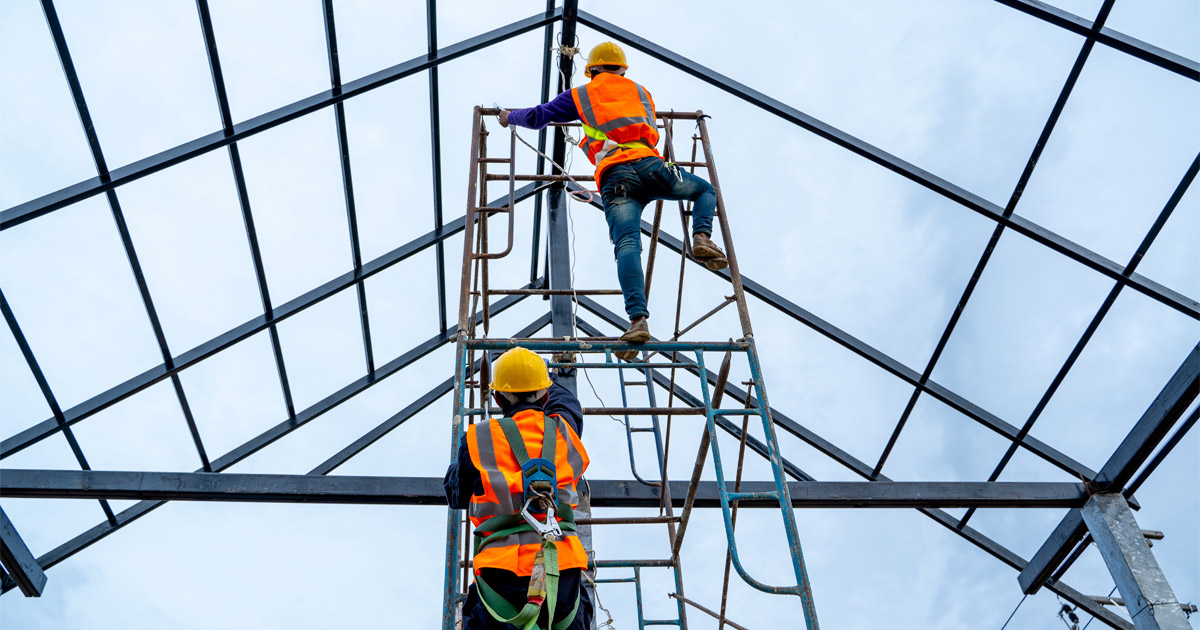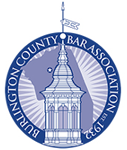Each year, thousands of workers lose their lives while on the job. According to the Bureau of Labor Statistics (BLS), there were over 5,000 workplace fatalities in the United States in 2017. Of these fatalities, over 800 were due to fatal falls. The Occupational Safety and Health Administration (OSHA), reported that between January 2012 and January 2020, there were 269 injuries within the construction industry while working with steel. Injuries ranged from bruises and burns to broken bones. Although correct safety procedures may be followed, hazardous environments still have the possibility of contributing to injuries.
Causes of Fatal Falls in the Workplace
Transportation is responsible for the highest cause of deaths in the workplace. Most workplace falls happen in construction. Employees who tower climb are subjected to fatality rates higher than construction workers. OSHA reported that in 2019, 16 injuries were sustained while working with steel back in 2019. The primary reasons were due to steel parts falling and crushing workers, as well as workers falling from platforms while working with steel.
Although falls from heights happen multiple times a year, they are preventable. Fatal falls normally occur when workers are rushing to fix broken equipment and when shifts are not being supervised the way they should be. According to the director of health, safety, and environment at the United Steelworkers Union, many fatal flaws are underreported due to the way that coroner’s rule on the cause of death. For workplace falls to be prevented, a systematic approach to eliminating fall risks must be put into place. Other ways to prevent workplace fall fatalities include proper training and providing personal protective equipment.
How OSHA Prevents Risk Hazards
To prevent workplace fatalities, OSHA has requirements in place for structural stability and training, as well as site preparation. They also have safety requirements when dealing with cranes and protecting employees from overhead hazards and fall risks. OSHA requires that steel structures are adequately supported. They also require that all hoisting operations be pre-planned so that slipping can be avoided.
Cranes that are used in steel erection activities must be inspected by a qualified person before being used. Health and safety regulations also make it so that crane operators have the authority to stop hoisting activities and refuse to handle loads until they are assured that it is safe to do so.
Cherry Hill Workplace Accident Lawyers at Pietras Saracino Smith & Meeks, LLP Represent Workers Injured on the Job
Workplace accidents occur even when correct safety practices are used. If you were injured on the job, you need a lawyer who will fight for your rights while obtaining the compensation you deserve for your injuries. Contact a Cherry Hill workplace accident lawyer at Pietras Saracino Smith & Meeks, LLP. Our experienced lawyers will fight for your rights. For a free consultation, contact us online or call us at 856-761-3773. Located in Cherry Hill, New Jersey, we represent clients throughout South Jersey, including Camden, Cinnaminson, Delran, Maple Shade, and Pennsauken.













